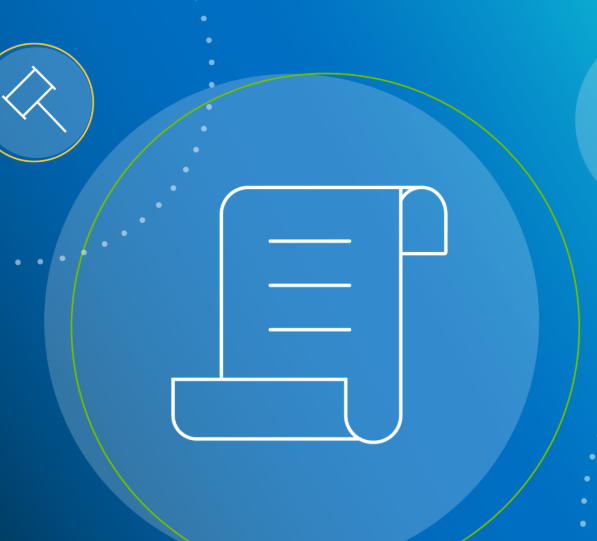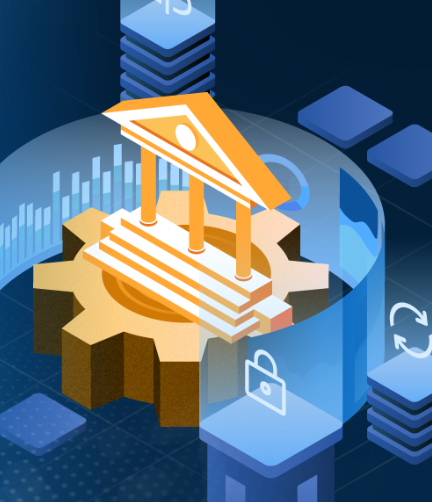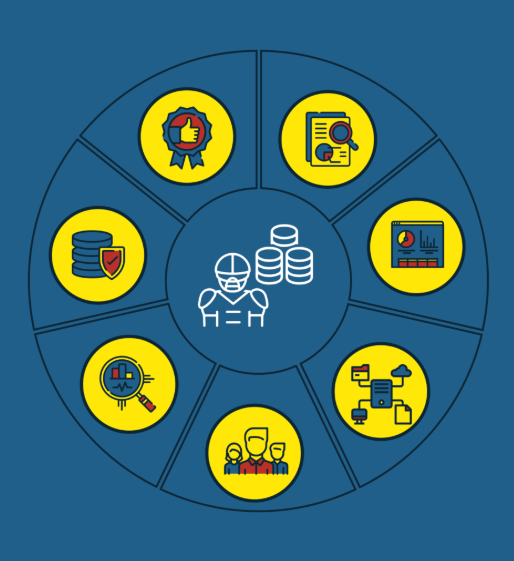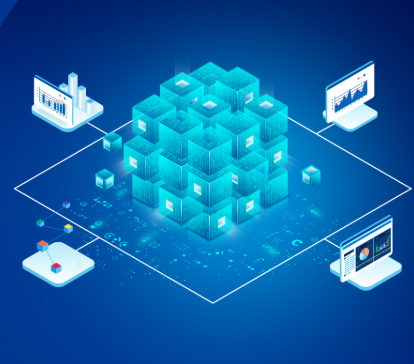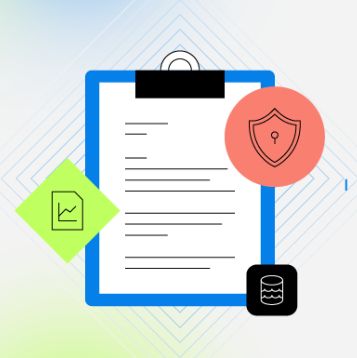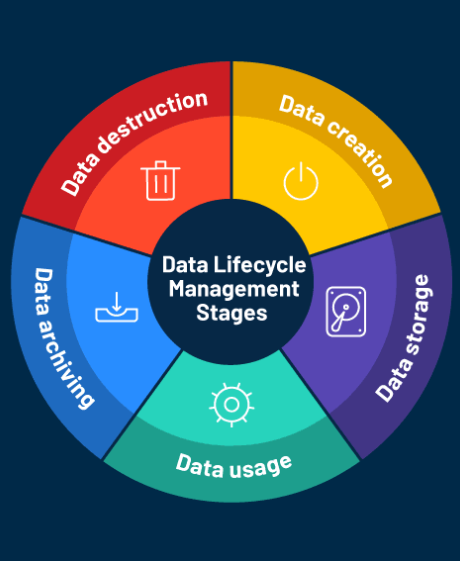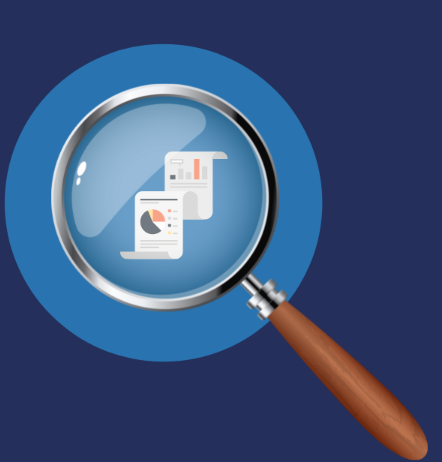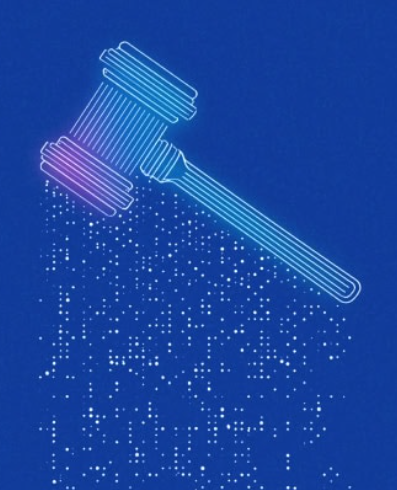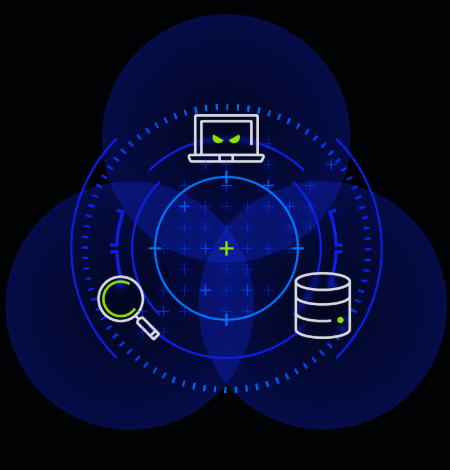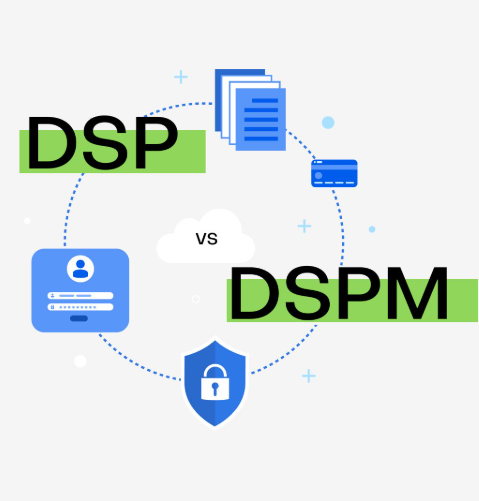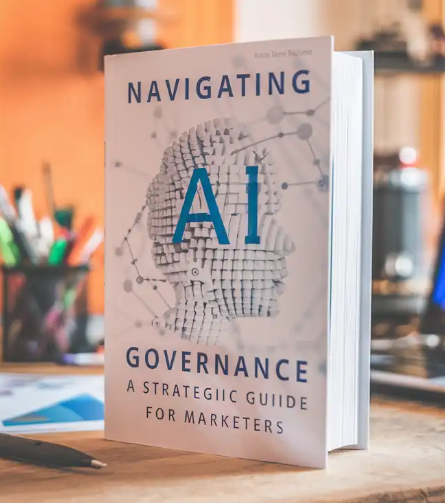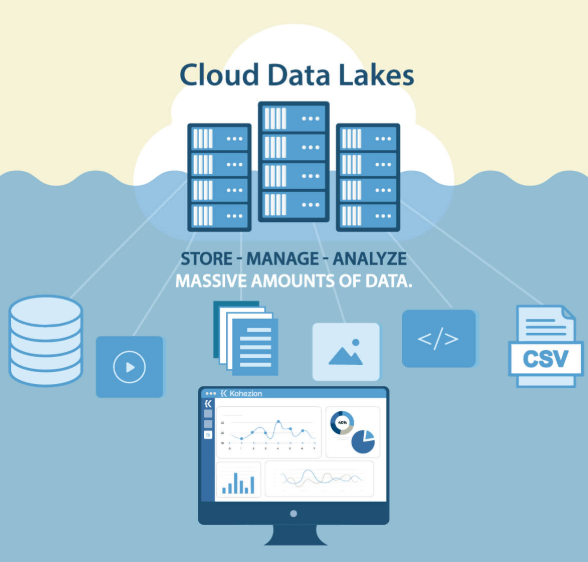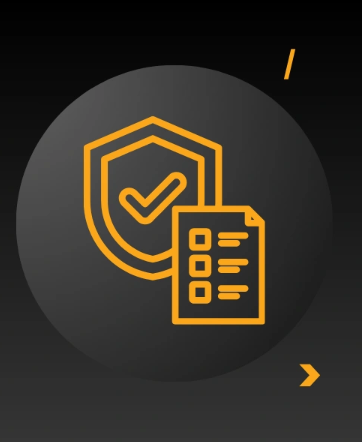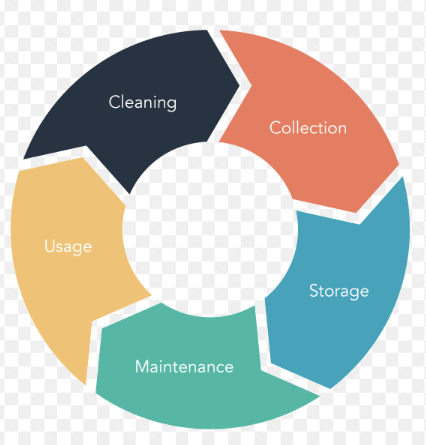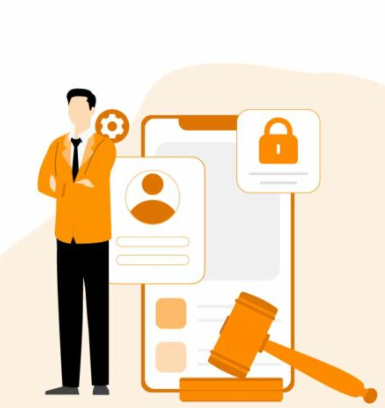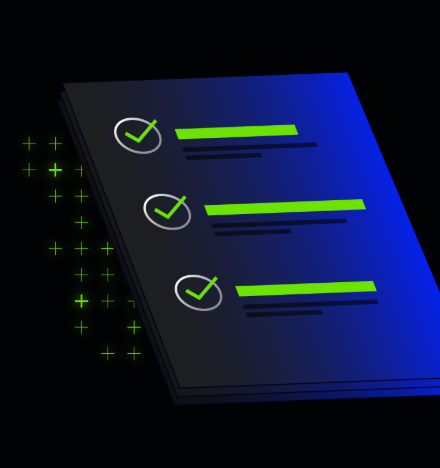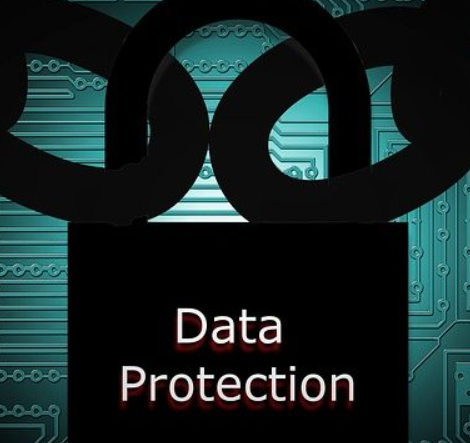
In today’s digital landscape, where data is one of the most valuable assets, organizations must adopt strong data protection strategies to secure sensitive information. Data Loss Prevention (DLP) is a critical part of this strategy, and data classification plays a pivotal role in strengthening DLP efforts. By categorizing data based on its sensitivity, organizations can build a solid foundation for preventing unauthorized access and data breaches, ensuring both compliance and security.
What is Data Classification?
Data classification is the practice of organizing data based on its level of sensitivity and importance to the business. Think of it as creating a digital hierarchy, where each data type is labeled and assigned security measures accordingly. Common labels include terms such as ‘Confidential,’ ‘Private,’ and ‘Public.’ By establishing these categories, organizations can apply the appropriate security protocols to each tier, ensuring that only authorized individuals have access to sensitive data and minimizing the risk of accidental exposure.
What is Data Loss Prevention (DLP)?
Data Loss Prevention (DLP) refers to a suite of security measures designed to prevent sensitive information from being lost, leaked, or accessed without authorization. DLP systems monitor and block potential data breaches, employing both rule-based and contextual analysis techniques to detect and stop data exfiltration in real time. With advanced algorithms and content inspection, DLP ensures that critical information stays protected within the organization, aligning with compliance standards and safeguarding intellectual property.
How Data Classification Enhances Data Loss Prevention
Data classification is the cornerstone of any successful DLP strategy. By categorizing data based on sensitivity, organizations can establish a clear structure for their data governance efforts, which improves security, compliance, and overall operational efficiency. Here’s how data classification strengthens DLP:
- Builds a Solid Foundation for Data Governance
By classifying data, organizations create a framework that supports robust data governance practices. This helps ensure that policies are applied consistently, risks are managed effectively, and compliance with legal requirements is streamlined. With data classification in place, businesses can:- Enforce uniform security policies across different data types
- Better manage risk by identifying which data requires higher levels of protection
- Ensure adherence to regulations like GDPR or CCPA, reducing legal exposure
- Improve efficiency by allowing employees to access only the data they need for their roles
- Reduces False Positives and False Negatives
Data classification minimizes the occurrence of false positives (when harmless activities are flagged as threats) and false negatives (when actual threats are overlooked). This is achieved by:- Applying more accurate filtering techniques, matching data with the appropriate security policies
- Enhancing anomaly detection through machine learning algorithms trained on well-categorized data, leading to fewer errors
- Providing richer context for policy enforcement, allowing DLP systems to distinguish between legitimate and malicious activities
- Allowing systems to quickly adapt to emerging threats, reducing the chances of disruption caused by incorrect alerts
By reducing errors, data classification ensures that DLP systems work more efficiently and accurately, keeping business operations smooth and secure.
- Automates Data Classification
Automating the data classification process increases efficiency and accuracy, handling vast amounts of data faster than manual methods could. Automation brings several benefits:- Speed and Accuracy: Algorithms can classify data rapidly and with fewer errors, saving valuable time and resources
- Seamless Integration with New Technologies: Automated classification works well with AI and machine learning tools, staying ahead of data management challenges
- Consistency: Automated systems ensure uniformity across all types of data, maintaining strong governance practices throughout the organization
- Compliance Maintenance: With automated processes, it’s easier to keep up with evolving regulations and stay compliant
- Enhanced Security: Automated systems can quickly categorize and protect newly generated data, ensuring real-time protection
- Improves Your DLP Strategy
Incorporating data classification into your DLP strategy helps enhance the overall security posture of your organization. By combining these techniques, you can ensure better protection for sensitive information, reduce the risk of data breaches, and improve operational efficiency. With a data classification strategy in place, organizations are better prepared to defend against the growing number of cybersecurity threats. Proactively securing your data signals to stakeholders that your organization is committed to data security and privacy.
Conclusion
Data classification is a critical component of a strong Data Loss Prevention strategy. By categorizing data based on sensitivity, organizations can enforce effective data governance policies, reduce false positives, automate data management processes, and enhance overall security. Implementing data classification alongside your DLP framework not only reduces risks but also strengthens your organization’s reputation as a trusted steward of sensitive information.




